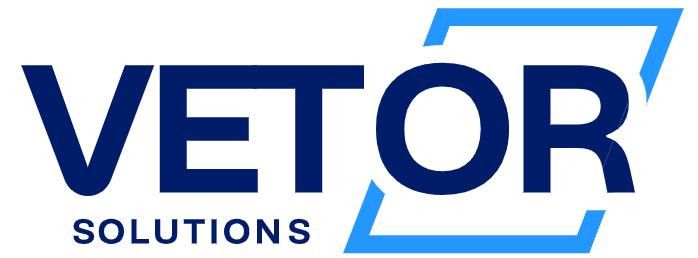The single most devious time thief in the perioperative period is patient positioning. Patient positioning can fritter away valuable time because most facilities don’t have a consistent method. Streamlining this one issue will improve patient care, increase OR efficiency and decrease the number of people handling animals.
Preop –
Veterinary patients are traditionally anesthetized and prepped for surgery in a designated prep room. After patients have been anesthetized, they are frequently placed on a cold stainless-steel table or a cold metal grate. If a belly prep is required, they are placed in the dorsal recumbent position only to flop into lateral recumbency making a shave and antiseptic prep a circus. There must be a better way.
Enter the HUG-U-VAC patient positioner. The HUG-U-VAC positioner is an anatomically shaped pad which is vacuum activated to conform to the contours of the patient’s anatomy comfortably and securely. After the patient has been anesthetized and intubated, the patient is placed on the HUG-U-VAC positioner in the position you want for surgery.

The lateral aspects of the positioner are approximated to the sides of the patient and the air is evacuated from the positioner conforming the positioner to all the nuances of the patient’s anatomy. The patient’s limbs can be supported gently, yet securely, by the attached limb restraints. This takes seconds. The patient is now supported on a tissue friendly surface with shaving and prepping now proceeding in a controlled, comfortable and efficient manner. The internal insulating components of the positioner prevent conductive patient heat loss to the underlying surface and maintain patient body temperature.

Transport to the OR –
Ok, you have done the hard part. The patient is anesthetized, intubated, shaved, prepped and already in position for surgery. The patient is now on a semi-rigid “platform” with its body and head well supported so that transport of a floppy, ill- supported patient and potential extubation is not an issue. Since the patient is now securely positioned on a semi-rigid “platform”, most patients can be transported to the OR by only one person. This significantly decreases the number of people handling animals. This transport must be done rapidly since the patient is not breathing anesthetic gases and urgent connection to the OR anesthetic machine is imperative.
The OR –
Having been in multiple veterinary ORs across the country, I have stood aghast at the medieval methods of positioning patients on the OR table. The patient is placed on a hard cold stainless steel OR table with maybe a towel between the patient’s spine and the underlying surface. Then the medieval tools of positioning emerge. Ropes and sandbags. This whole process can take 20 to 30 minutes. It is always reminiscent of the “medieval rack” from days of yore.

If you have brought your patient into the OR on the HUG-U-VAC positioner your positioning work is done. All that is left is your surgical prep and sterile draping. The patient is comfortably secure with every aspect of its anatomy supported and insulated from the cold OR table. No cold stainless steel, ropes, sand bags or wasted time.
Post Op Recovery –
At the conclusion of the procedure, if not fully awake, simply leave the patient in the HUG-U-VAC positioner and transport quickly to the postop recovery area. Once in recovery, place the patient in the HUG-U-VAC positioner in sternal recumbency to prevent aspiration. The use of the HUG-U-VAC positioner in recovery not only allows you to position the patient in the most beneficial respiratory position but also helps to maintain the patient’s body temperature.

Well, I guess the HUG-U-VAC positioner is no longer a secret. Thousands of veterinary practices have recognized the HUG-U-VAC’s clinical benefits. These practices have increased their OR efficiency, improved patient care and increased profitability.


